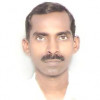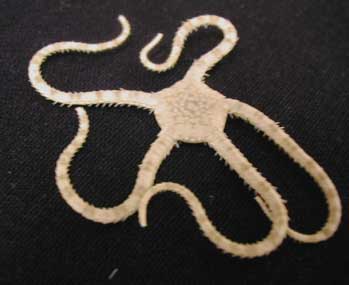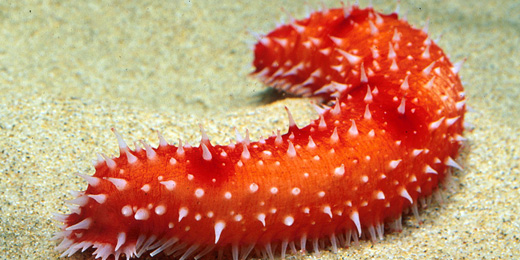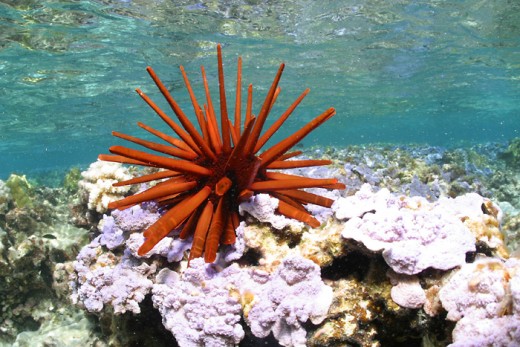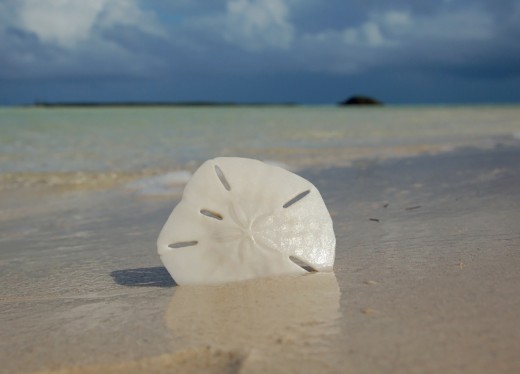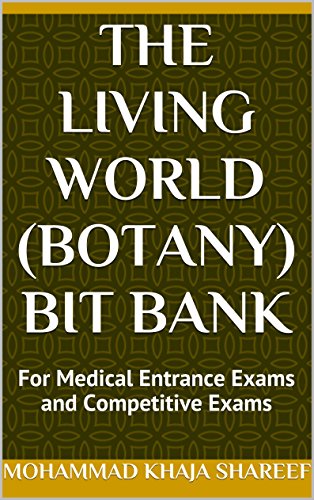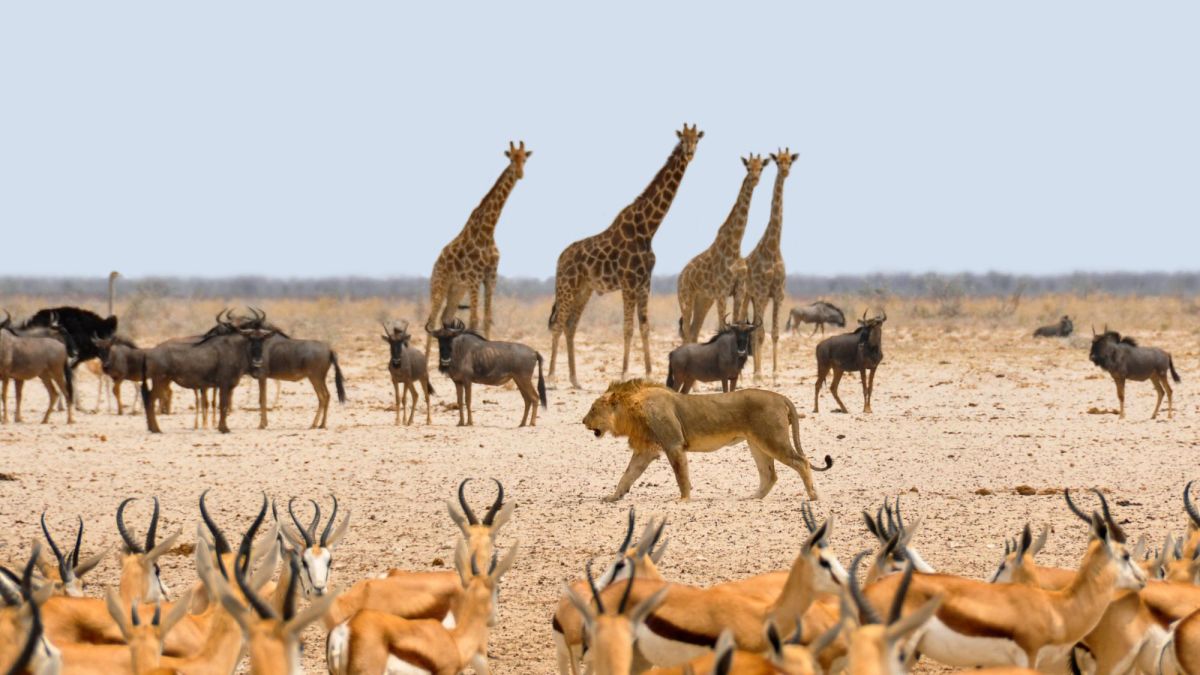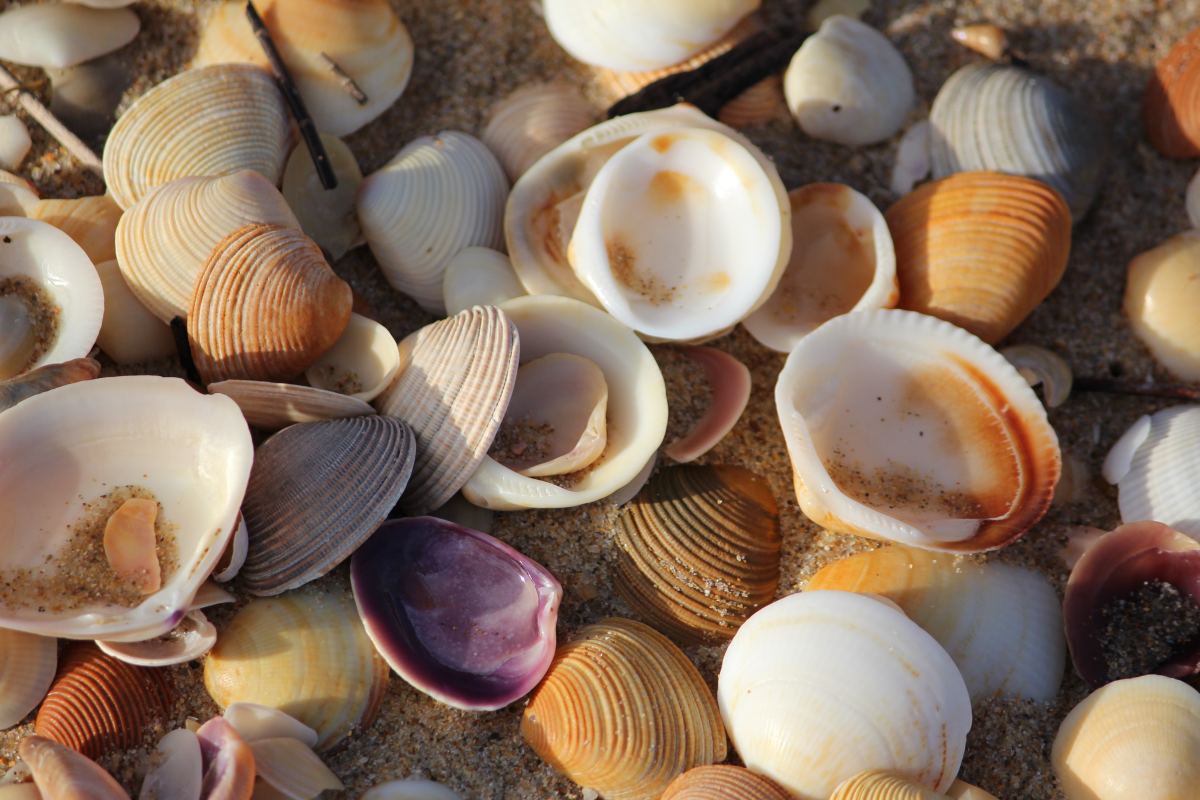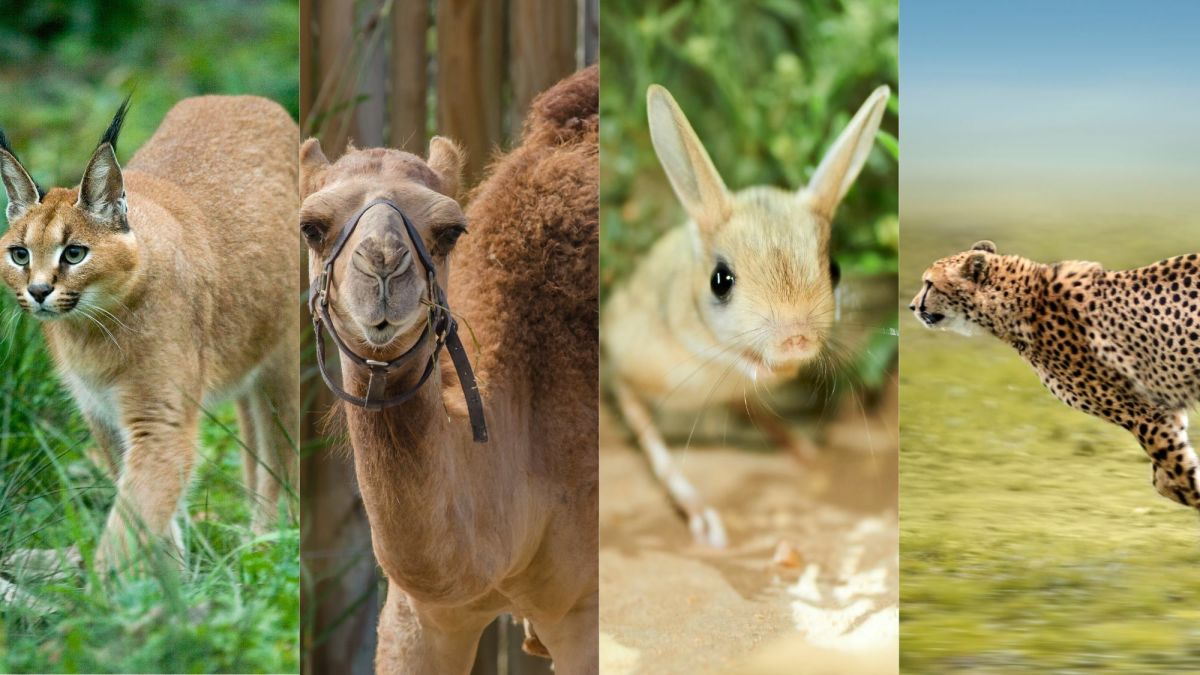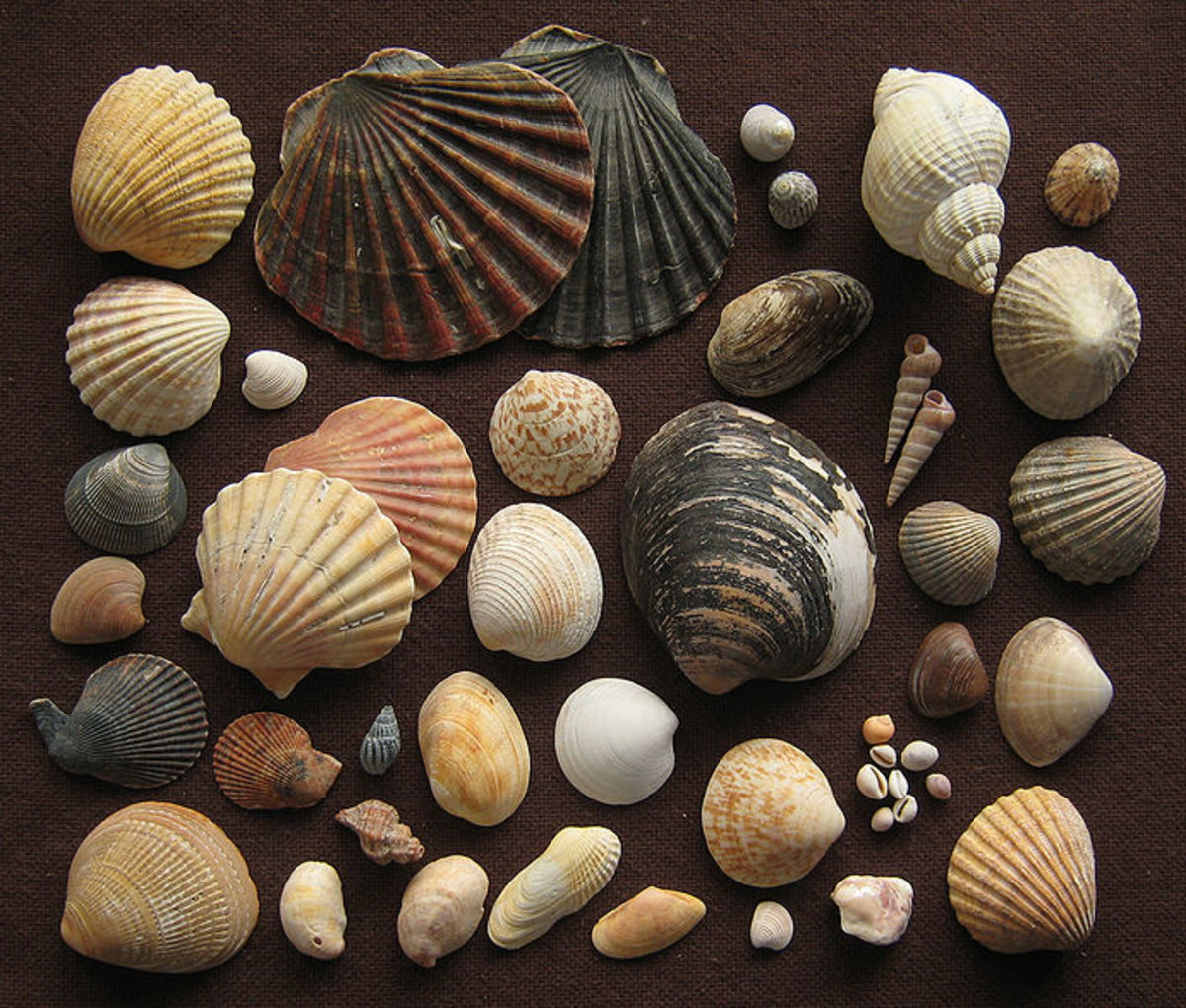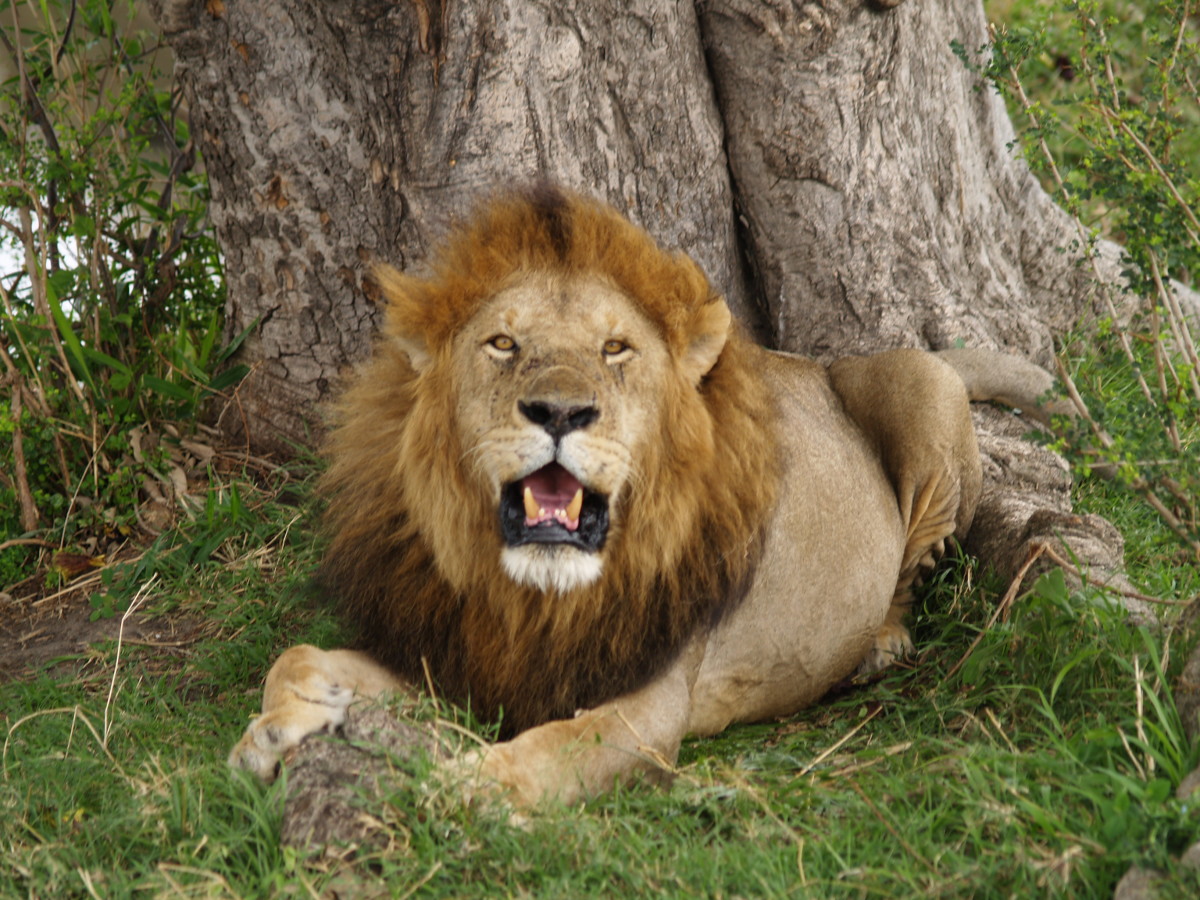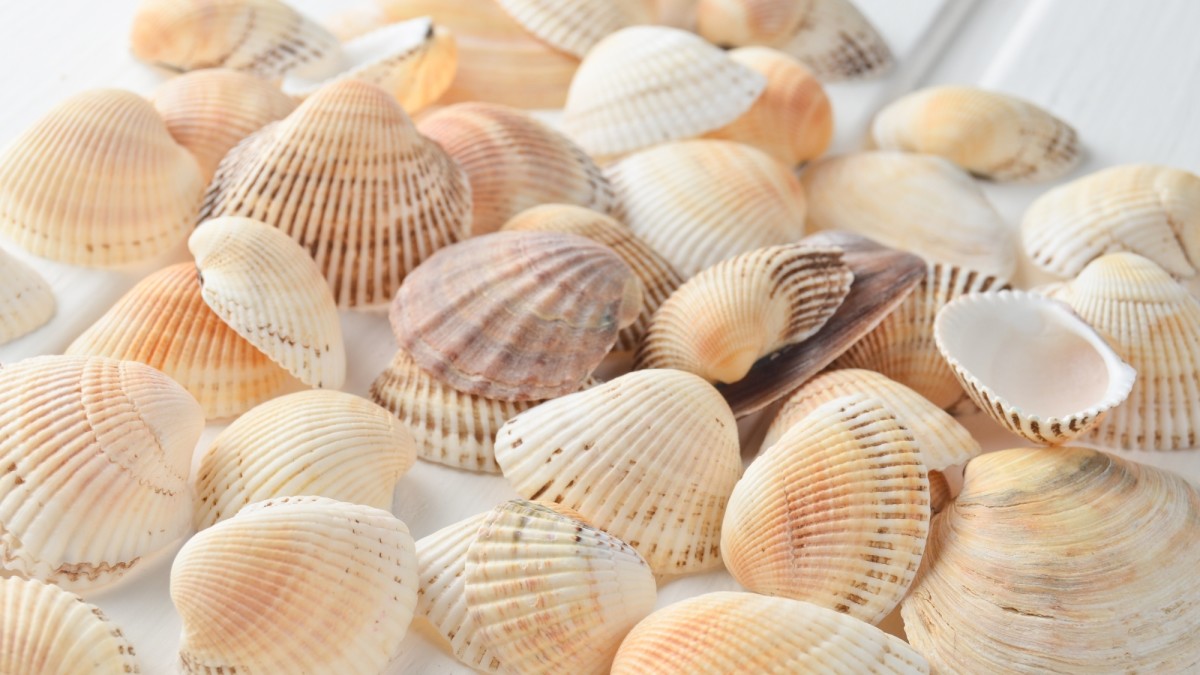Animal Kingdom - Echinodermata
Animals of the Echinodermata Group
Click thumbnail to view full-size



Starfish, sea urchins, sand dollars, sea cucumbers, sea lily, etc. belong to the echinodermata group. About 6,000 species of this group of animals are known today. The skin of these animals is spiky. The spikes are made up of calcium carbonate. Their body structure is such that their head, tail and legs are not visible separately. Their body is circular in shape, from which their arms and other organs project out like spokes of a wheel. The blood circulation system in these animals is different form that of other animals. They have a water vascular system within their body. The nervous system and sensory organs are underdeveloped. They have small sacs called tube feet. These help them in movement, respiration, excretion and also in catching their food. These animals are unisexual.
Sea Urchin
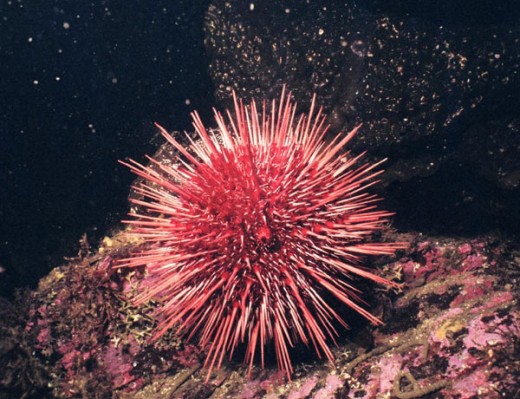
Sea Urchins
The body of sea urchins is a shell of hard plates. Long thorns stretch out form their entire body. These animals have their mouth on the lower part of the body, while the anus is located at the opposite end. The jaws of the sea urchins are strong enough to chew the sea moss easily. They are gifted with regeneration capability. That is, if a part of their body is lost, it regrows on its own. People fear going closer to the hatpin urchin because of their 3 cm long, thin poisonous thorns. The pricks of these thorns on human body cause unbearable pain.
Starfish
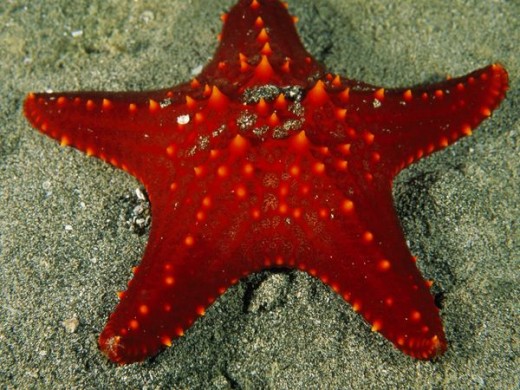
Starfish
There are 1,600 known species of starfish. Looking like a five-arm star, these animals have a hard and rough body. They do not have a head. Their mouth is on the lower surface of their body, while the anus lies on the upper surface of the body. A round plate called madreporite exists on the upper surface of the body, through which water enters into the body. There are ossicles and spikes on the skin of a starfish. Each arm on the lower surface has a groove with tube feet. These help the starfish in its movement.
Starfish too is gifted with regenerative power. If it loses one of its arms, another grows again on its own at the sample place. It has the greatest ability of reproduction.
